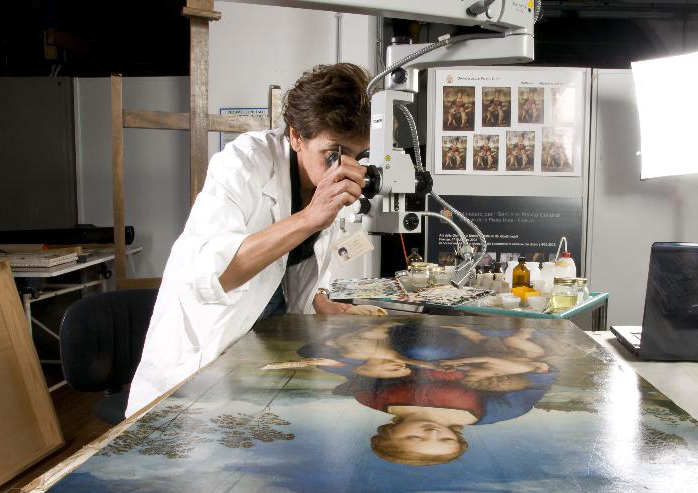Beyond fundamental research, accelerators are well known for their contribution to the medical field, especially in cancer therapy. However, they can help more unexpected patients: historical finds and works of art.
CERN and the Italian National Institute for Nuclear Physics (INFN), through its cultural heritage network CHNet, are collaborating to develop the next generation of accelerators dedicated to cultural heritage.
The project, named MACHINA (Movable Accelerator for Cultural Heritage In-situ Non-destructive Analysis), aims to build a compact, transportable accelerator, based on radio-frequency quadrupole technology developed at CERN.
This new transportable accelerator, fully dedicated to cultural heritage applications, will be based at the laboratories of the Opificio delle Pietre Dure in Florence.
Thanks to its relatively small size and weight – less than 2-metres-long and 300 kg – it will be possible to transport the new accelerator to analyse in situ large immovable works, such as frescoes, or works too fragile to be transported. Accelerators are used to date the works with the carbon-14 method and for analysing the constituent material of a work in a non-destructive manner.
To learn more about MACHINA, read the INFN press release

